8 things you need to know before a hair transplant! Hair loss can be a distressing experience for men, and many seek to restore their hair through hair transplant procedures. Hair transplant is a surgical procedure that involves transplanting hair follicles from one area of the scalp (known as the donor area) to the balding or thinning area (known as the recipient area). In this article, we will discuss the details and stages of hair transplant for men.
8 things you need to know before a hair transplant! Get informed about hair transplants with this essential guide!
1. What is hair transplantation?
Hair transplantation is the process of getting new hair by giving a permanent answer to this problem of individuals who have openings on the scalp as a result of hair loss. Hair transplantation operation includes three stages as collecting the roots, opening the channels and planting the roots.
You may be interested in: 7 Real Tips to Prevent Hair Loss!
2. What are the stages of hair transplantation?
The collection of roots takes place with two different techniques, FUE or FUT. In the FUT technique, a section is taken from the area where the roots will be collected at the back of the head and individual hair follicles are obtained from this section. In the FUE technique, which is more widely used in the world, the roots are collected one by one and no sections are taken. In this way, healing is achieved faster.
The most important detail in this part of the operation is the extraction of hair follicles according to their angles. This situation is planned by the physician and its team who will perform the operation before the operation, according to the hair type that varies for each patient. The success of this stage of the operation is largely ensured with the needles used in appropriate millimeter sizes and the applied angles.
The stage of opening the channels is a very important stage that determines which direction the hair will grow. For example, if the canal direction of the root planted in the crown area closest to the forehead is opened downwards rather than to the side, it is considered to be a bad hair transplant in terms of aesthetics. According to the area where the hair follicle will be transplanted, the doctor makes the right decision on the direction of the canal to be opened during the procedure.
Apart from that, during this process with steel blades, hundreds of channels are opened on the scalp, and even after opening so many channels, the material used must be made of very special materials in order to remain sharp. It is very important that the material used is used only once and that it is made of quality material. Planting the roots is the last stage of the hair transplant operation. It consists of placing the collected roots into the opened channels by giving an appropriate angle.
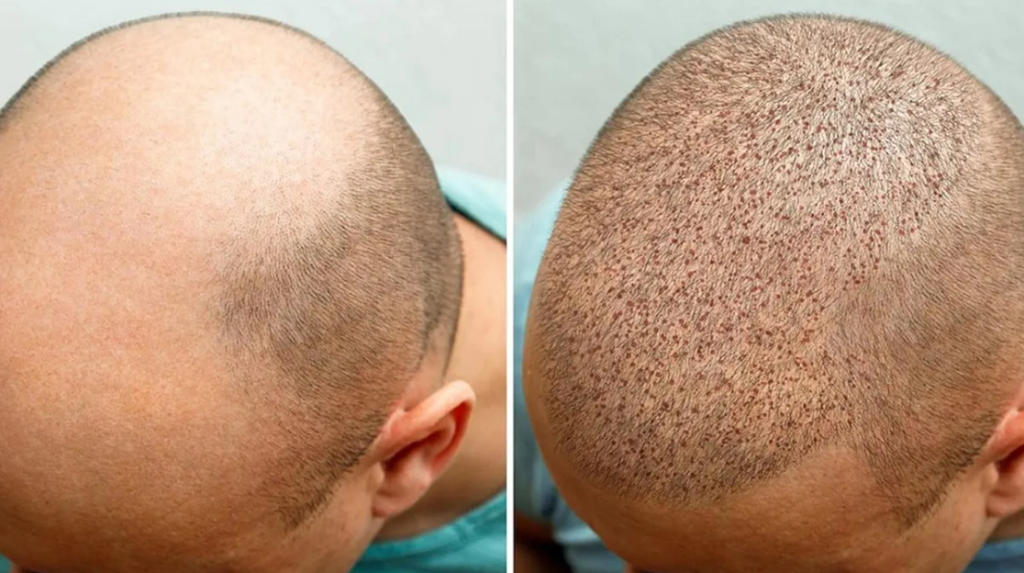
3. Who can have hair transplantation?
Hair transplantation is applied to individuals with male pattern hair loss or regional hair loss. In the patient who has decided to have a hair transplant, the type of hair loss is determined first. Hair loss type may be suitable for the operation. However, other reasons for determining the suitability of the operation for the individual must be investigated.
Another important factor for the operation is age. The lower age limit, which is generally considered suitable for hair transplantation, is between 20 and 22 years of age. However, the operation is not applied to every individual who has reached this age and complains of hair loss.
Hair loss is expected to reach a certain level for the operation. The operation is unnecessary while the hair is already falling out. Another important requirement is that the donor area of the area where the hair follicles will be obtained is appropriate. The nape region is seen as the most suitable region in hair transplantation operation. Root can be taken from different parts of the body in individuals who do not take root in the nape region, but the success rate of this situation should be well weighed.
As in almost every operation, the physician should calculate the most accurate success rate in this case. Apart from all these, hair transplantation is not recommended for people in groups with diseases that will prevent the operation. Patients with diabetes, heart and blood pressure diseases, which are among the first diseases that come to mind, can have this operation, provided that they get approval from a specialist in their own field.
4. Which methods are used in hair transplantation?
Continuously advancing technology is indispensable for aesthetic surgery as it is in all areas of life. For this reason, the materials and methods used in the hair transplant operation constantly renew themselves. The aim of the physician here is to bring the most correct and necessary method to the patient. Although there are many hair transplantation methods, the most used methods in aesthetic surgery are FUE, FUT and DHI methods. Each method has parallel sides or differences within itself.
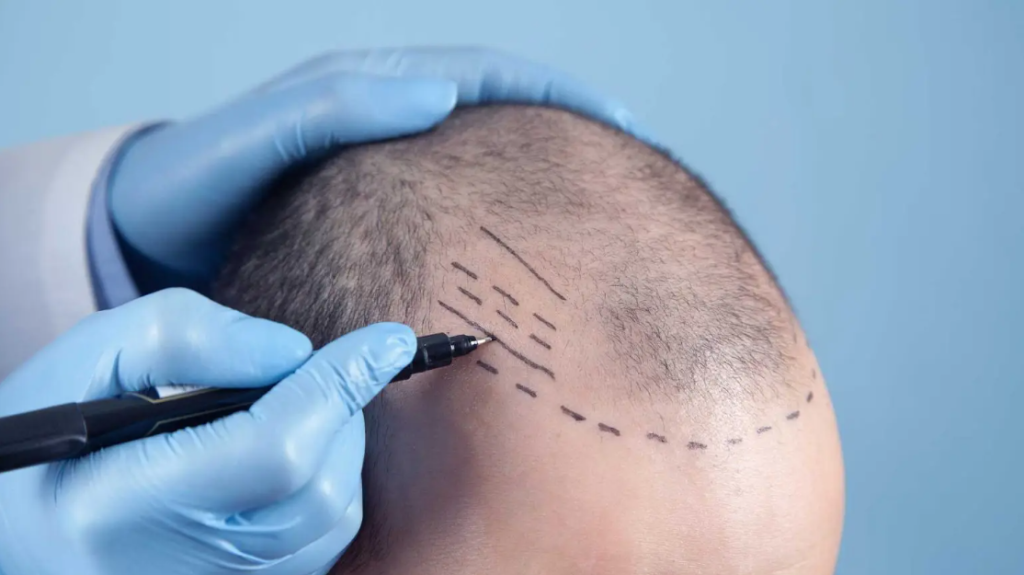
5. FUT Method (Follicular Unit Transplantation)
It is a method in which the required number of follicles are separated one by one under the microscope from the skin section taken from the nape, which is usually the most suitable donor for many patients. It includes transplanting the patient, whose area to be transplanted, forehead line and the direction of the hair follicles are determined beforehand. It is a traditional method and we can say that it has left its place to the FUE technique in modern applications. However, the FUT technique is always more economical than the FUE technique in terms of hair transplant prices.
6. FUE Method (Follicular Unit Extraction)
Unlike the FUT method, no section is taken from the skin, hair follicles are collected one by one with the help of cylindrical needles in the required number. In this way, there is no scar compared to the FUT technique, because the scar on the skin cut with the FUT method is permanent. Apart from that, recovery takes place faster, it is a more modern method.
7. DHI Method (Direct Hair Implantation)
It is the most innovative application currently used in hair transplantation operations. It is the transplantation of the hair follicles collected one by one with the needle, without making any incision, to the area to be planted in a few minutes with the same needle. Recovery is much faster. Since the hair follicles are transplanted to the relevant area almost as soon as they are collected, the possibility of damage is greatly reduced.

8. When does new hair grow after hair transplantation?
The process after hair transplantation includes important parts that require patience and attention. Because in achieving the desired appearance, post-hair transplant care is as important as the success of the operation. It is normal to have swelling, redness and even pain in the head on the first day after the operation.
The donor area where the hair follicles are taken is covered with a bandage. The planting area is more important and should not be touched anywhere while sleeping. If possible, sleep face down. The second day is the day the bandage is removed and the dressing is applied to the donor area.
You may be interested in: Quality hair transplant operation at affordable prices in Istanbul and Amsterdam
On the second day, the hair can be washed, but washing should be done by paying close attention to the details told by the doctor. There is a partial reduction in pain. If the medications prescribed by the physician are used regularly and on time during the healing process, there is almost no reduction in pain at the end of the second day.
At the end of the third day, most patients return to their daily life. It is beneficial to protect the scalp against blows to the head until the fifteenth day, because the hair follicles are still in the clinging phase. At the end of the fifteenth day, it is observed that the hair follicles are fully attached to the planted area.
The end of the first trimester is the period in which the patient gradually attains the desired appearance. Almost thirty percent of the transplanted hair has begun to rise from the scalp. Although all these mentioned processes vary from person to person, at the end of a year, all the hair follicles in the patients come out. The important factors of this process are mainly personal factors such as hair growth time, hair type and healing speed.
As a result of a successful operation, the individual is considered to have completed the process with satisfaction. In this process, the hair transplant center should be accessible at all times when the patient needs it. The best hair transplant center can be defined as special places that can answer all the questions of the patient on the day of the operation and after it, provide the necessary hygiene in clinical conditions, and have professional hair transplant operation staff.
In conclusion, hair transplant surgery is an effective way to restore hair for men experiencing hair loss. By following the consultation, preparation, donor hair extraction, recipient site creation, hair follicle transplantation, and post-surgery care stages, patients can achieve a natural-looking and long-lasting result. If you are considering hair transplant surgery, it is essential to choose a qualified and experienced hair restoration surgeon to ensure the best possible outcome.
Bonus: Who are the celebrities who have had hair transplants? Here are 10 celebrities who have had hair transplants!
If you’re considering a hair transplant, you probably want to see celebrities get it done. You can relax knowing that some celebrities have had very successful hair transplants.
Jude Law
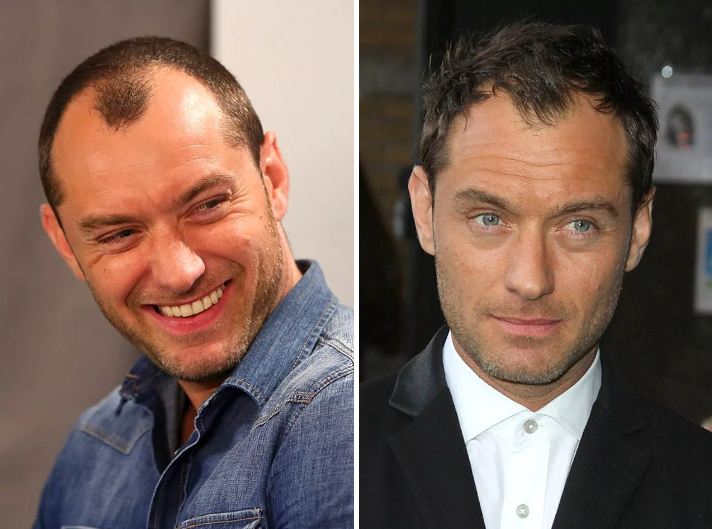
Matthew McConaughey
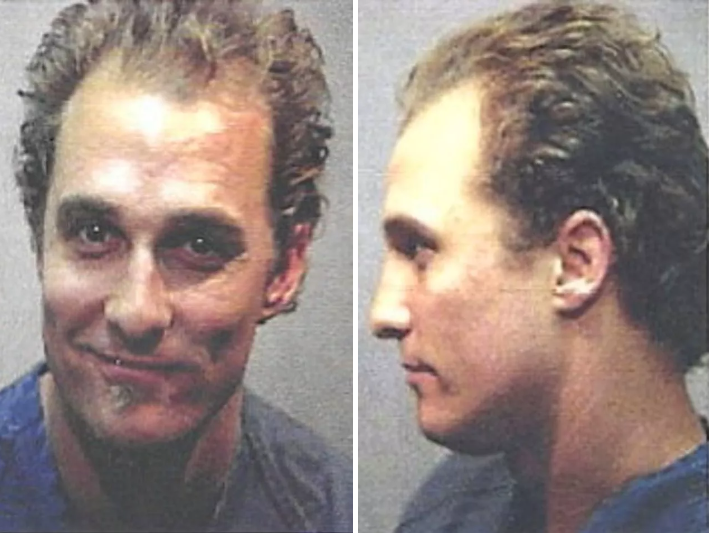
Tom Hanks
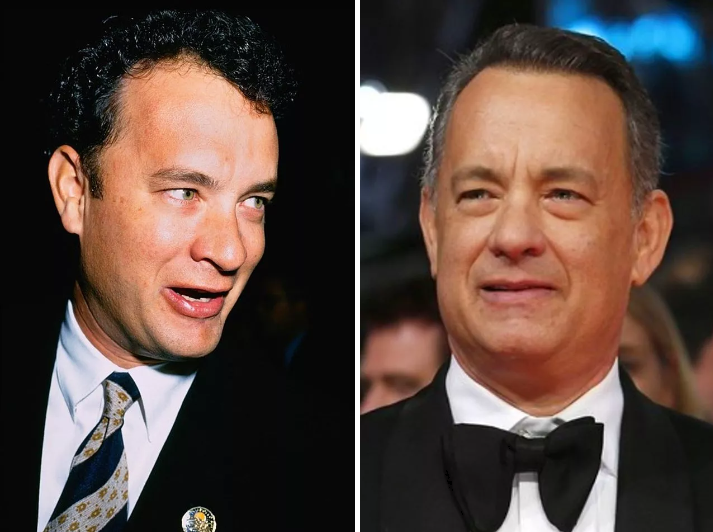
Chris Martin
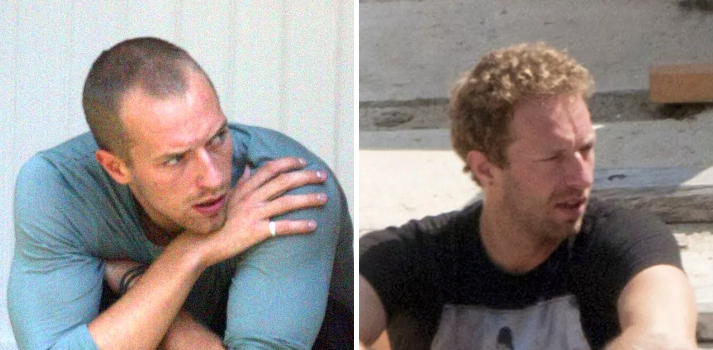
Hugh Laurie

Edward Norton

Robbie Williams

Enrique Iglesias

Al Pacino
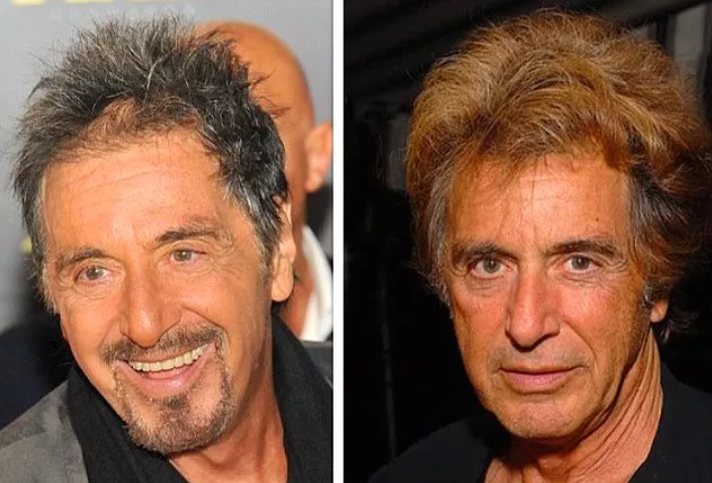
Ben Affleck


